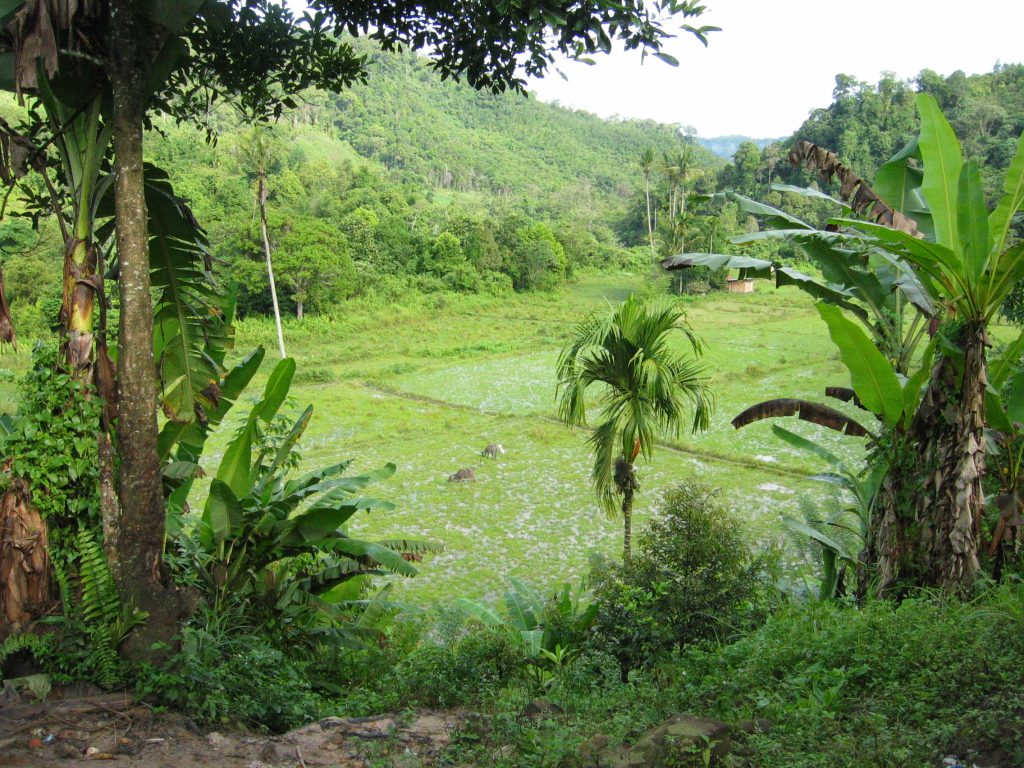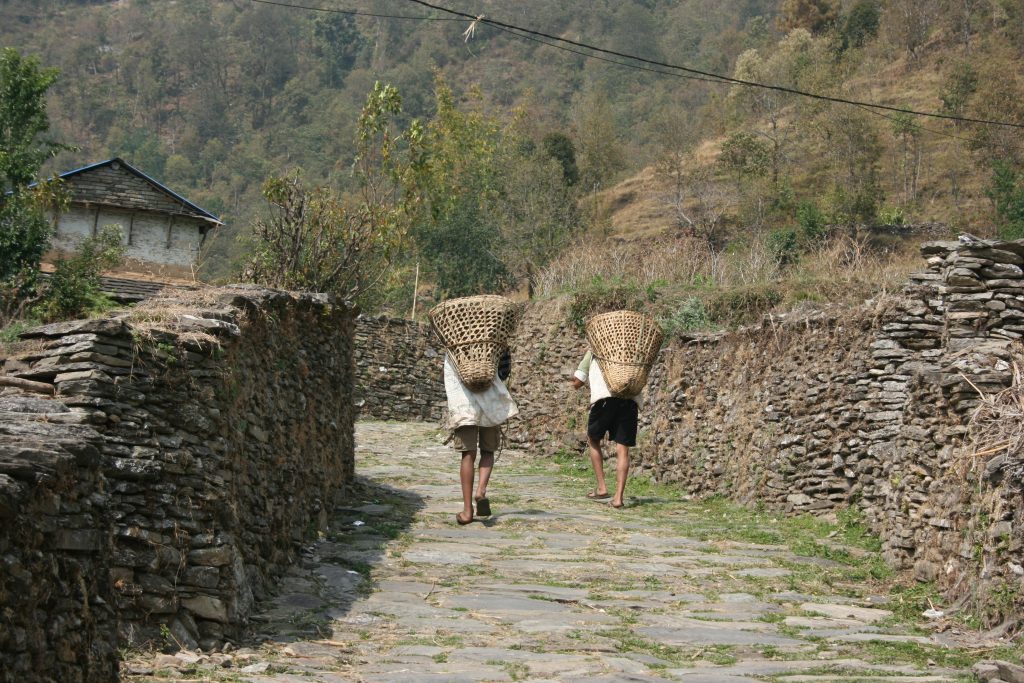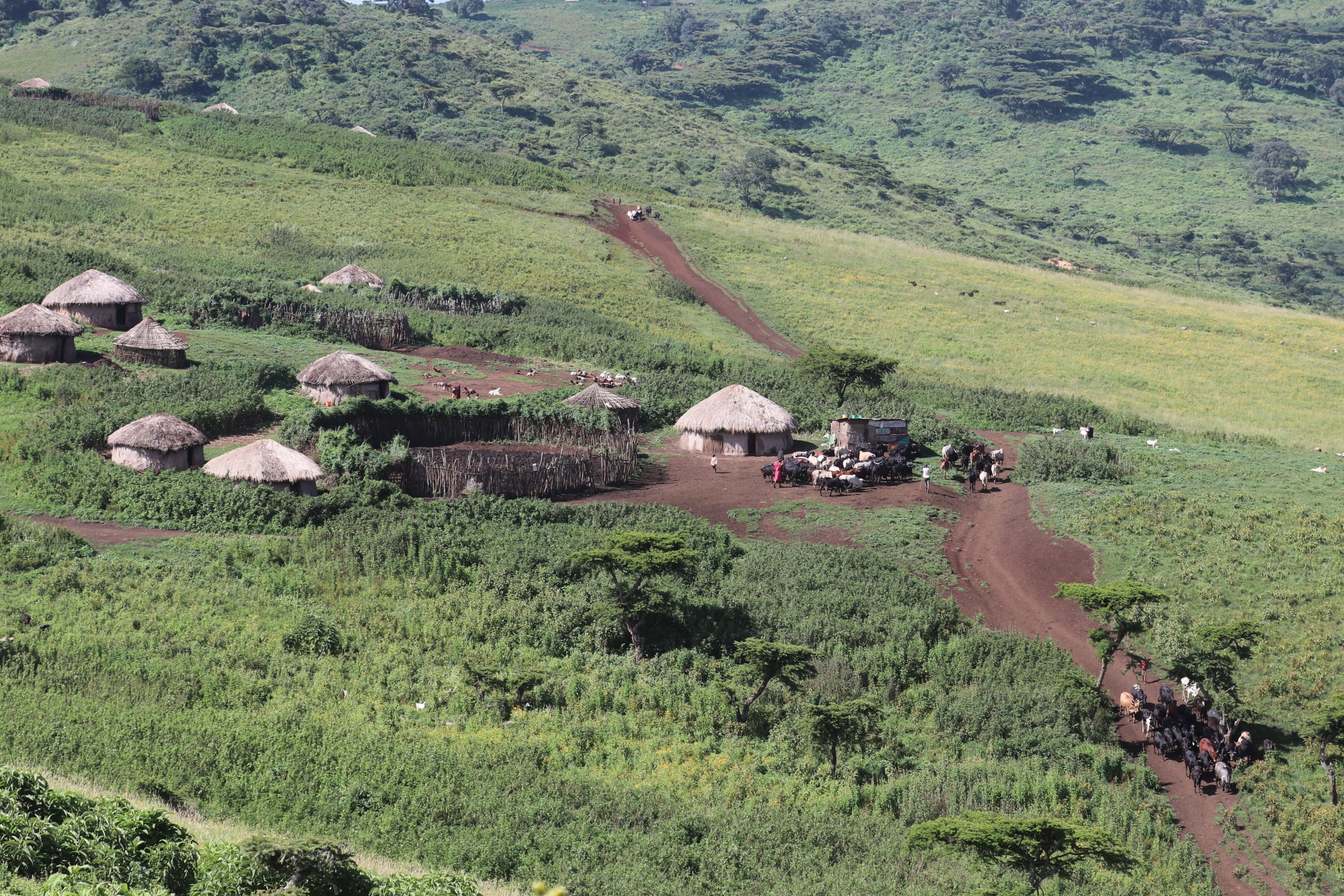Feature image: A settlement in Ngorongoro Conservation Area, Tanzania (Photo credit: Arash Ghoddousi)
Indigenous peoples manage about a quarter of the world’s lands, and many of them are working passionately to protect the species and habitats that these lands contain. However, rather than supporting them, external conservation projects often exclude them. This can have devastating impacts on their rights and well-being, and it can worsen conservation outcomes.
Conservation organisations and governments have made repeated commitments over several decades to shift to more inclusive practices, but so far, this shift has failed to happen. However, in 2022, 196 governments signed a new Global Biodiversity Framework at the 15th Convention on Biological Diversity that reiterates their commitment to shift to inclusive, rights-based conservation, and this has created a window of opportunity to transform the way that conservation is done.
In a recent paper in Biological Conservation, we set out 14 good practice principles on what researchers need to do to contribute to this change. A fundamental step is for researchers themselves to develop more inclusive ways of working with Indigenous peoples and local communities. This means opening up spaces for their participation at all stages of the research process. They will obviously vary in how and how much they wish to be involved, but the ideal is for research to be planned jointly and to address shared conservation concerns.
One example is the Indigenous-led Transformative Pathways project, in which biologists at the University of Oxford are supporting the Indigenous Ogiek in Kenya to monitor biodiversity on their lands. This will enable them to document and improve their biodiversity stewardship, which will also support their land claims. Similarly in the Arctic, researchers and Indigenous Inuit peoples have co-designed research to monitor the local impacts of climate change, which are threatening their way of life.

Another important consideration in moving towards more inclusive conservation research is the choice of methods. Ideally, this choice should be made jointly, to best address the agreed research aims. Some methods, such as questionnaires, are good at generating quantitative data that can be analysed statistically and provide robust scientific evidence. Others, including many qualitative and transdisciplinary methods, are more suitable for developing an in-depth understanding of an issue, including by building on Indigenous and local knowledge and perspectives.
For example, participatory video has been used effectively in Guyana by Indigenous peoples, with support from researchers in the UK, to document their views and experiences of state-run protected areas and help mediate conflicts with the government authorities. A common option is to use a mix of quantitative, qualitative and transdisciplinary methods, and thus benefit from their complementary strengths.

Finally, conservation research with Indigenous peoples and local communities raises several ethical issues related to collective rights and impacts. These kinds of issues are not currently addressed in most research ethics protocols. Under international law, Indigenous peoples and some other groups have the right to participate in any decisions that may affect them, and to give or withhold their collective free, prior and informed consent for any activities on their customary lands. Therefore, researchers may need to obtain collective as well as individual consent for the research and the research should not go ahead unless consent is granted.
Consent must be fully informed, which means that the risks and potential impacts on communities need to be assessed jointly. This includes risks connected to how the research findings may be used. For example, conservation research is often designed to inform decisions by governments and others about spatial planning, development options, or about restrictions on natural resource use. These decisions may benefit local people, or they may have devastating impacts on them, including through forced evictions and dispossession.
While we are not suggesting that all research in conservation needs to be collaborative, more widespread adoption of collaborative approaches is a rational next step as we struggle to meet the immense challenges posed by the global environmental crisis. For this next step to be accomplished, conservation training curricula and research ethics protocols will need to be revised to incorporate the above considerations. Also, research funding and institutional requirements will need to become more flexible, enabling researchers to adapt to accommodate Indigenous timescales, knowledge systems and ways of
working.
Further Reading
Mercer, L., D. Whalen, M. Lim, K. Cockney, S. Cormier, C. Irish and P. J. Mann. 2023. Towards more inclusive and solution orientated community-based environmental monitoring. Environmental Research Letters 18(6): 064003. https://doi.org/10.1088/1748-9326/accfb0.
Mistry, J., D. Jafferally, S. Mendonca, R. Xavier, G. Albert, B. Robertson, E. George et al. 2023. Video-mediated dialogue for promoting equity in protected area conservation. Oryx 57(3): 325–334. https://doi.org/10.1017/S0030605322000904.
Newing, H., S. Brittain, A. Buchadas, O. del Giorgio, C. Fallon Grasham, R. Ferritto, J.R Garcia Marquez et al. 2024. ‘Participatory’ conservation research involving indigenous peoples and local communities: Fourteen principles for good practice. Biological Conservation 296: 110708. https://doi.org/10.1016/j.biocon.2024.110708.






